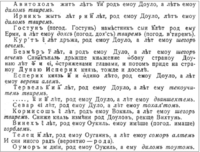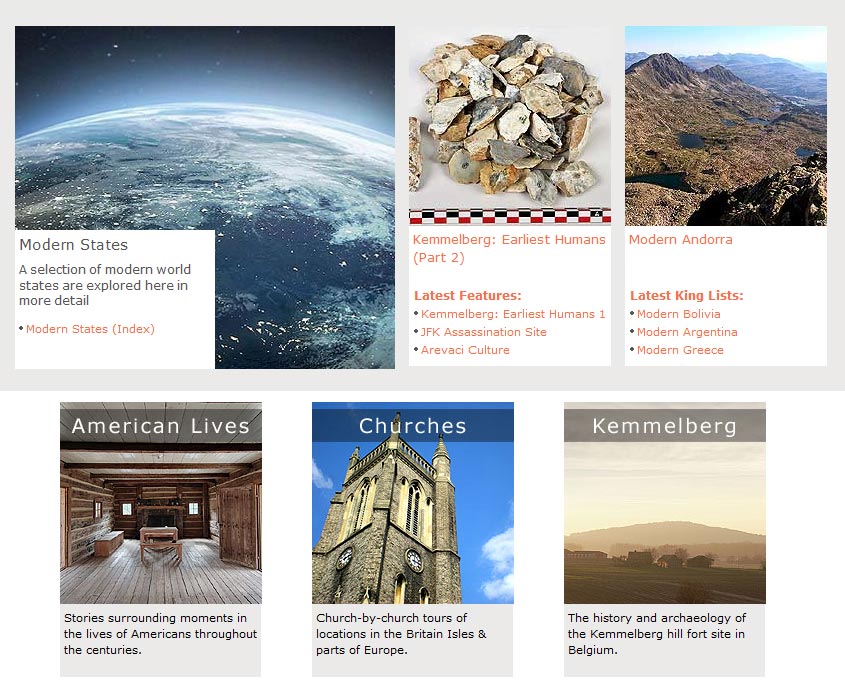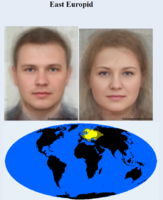
Description:
Often depigmented, relatively short-limbed, medium to short-skulled group, found in its highest frequencies in Eastern Europe. Faces tend to be flatter than in other Europeans with stronger cheek bones, they are angular and wide, snub noses common, chin weak, forehead not very high and receding, eyelid narrow. Developed in Northeast Russia during the Neolithic and became more populous since then, especially during the Middle Ages. The East Baltic subgroup in the northern part of its range is often seen as its most typical representative. East Baltids have a western
Tavastid variety and an eastern
Savolaxid. Among Slavs the
Neo Danubian subtype is common. Apart from that, several older varieties have been identified, in particular the
Pre Slavic or Sudetic type. European colonists brought East Europids to other regions like North America and Siberia.
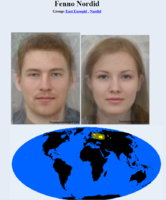
Description:
Ancient type of Northeastern Europe, sometimes placed in Nordid, sometimes East Baltid. Associated with Finno-Ugric people, once widespread in Russia. Today a minority element in Eastern Finns, e.g. Mordvins, Komi (esp around Vashka), Mari, Udmurts, and Carelians, sometimes in Russians, Western Finns, Balts, and even Saami. Some relict groups exist in Siberia.
Physical Traits:
Pale skin, straight, red to white-blonde sometimes reddish-brown hair. Light, often water-blue eyes. Rather tall, meso- macroskelic, ecto- mesomorph, with an angular build. Head is shorter than in other Nordids and usually meso- brachycephalic, the nose straight, relatively high and leptorrhine. Facial features softer, forehead straighter, nose less prominent.
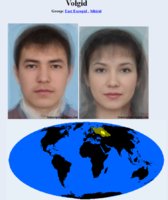
Description:
Eurasian type, especially common west of the Ural in the basins of Sura and Moksha Rivers of Russia. Found in Mari, Chuvash, Volga-Finns. More mixed in Udmurts, Finns, and Ryazan population (where the taller, narrower-nosed Mordva subvariety is found). The Central European counterpart is the Pre Slavic type. In combination with Lappid a more brachycephalic Sub Lappid variety is produced.
Physical Traits:
Fair skin, usually straight, sometimes wavy, brown to black hair, often, but not always dark eyes. Rather short, meso- macroskelic, endomorph. Mesocephalic, mildly hypsicranic with a mildly leptorrhine, plump nose. The face is relatively low and flat. Mongoloid eye features are occasionally found.
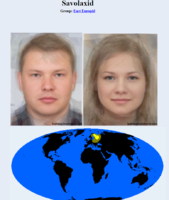
Description:
East Baltid variety, named after the Savolaxia province of Finland, similar to Neo Danubian. Core population in Eastern Finland, Karelia, and Northern Russia, also Lappland. Occasionally found all over Scandinavia and in Eastern Europe south to the Carpathian Mountains. In Norway and Southern Sweden, the type is the result of relatively recent Finnish immigration.
Physical Traits:
Pale to fair skin, straight, dirty blonde or brown hair, often light eyes. Medium height, mildly macroskelic, endomorph. Mildly brachycephalic, mildly hypsicranic. Prominent malars and relatively flat, wide face, short jaw. Mildly leptorrhine, concave, snub-nose. Forehead low, sloping. Sometimes slanted eyes. Compared to Tavastid, shorter, narrower- and smaller-headed, and flatter-faced.
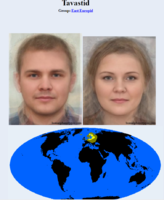
Description:
East Baltid variety, typical for the eastern shores of the Baltic sea, similar to Neo Danubian and Borreby. Named after the Tavastia province of Finland. Core population in Baltic countries, from Sweden to Finland and from Estonia to Germany and Romania. Occasionally all over Scandinavia, in Russia, and even Britain.
Physical Traits:
Pale skin, straight, usually blonde hair, light eyes. Rather tall, mildly macroskelic, endomorph to mesomorph. Brachycephalic, mildly hypsicranic, rather large-headed, but less than Borreby. (Mildly) leptorrhine, concave snub-nose. Moderately thin lips, weak, rounded chin, face relatively flat and squarish, forehead low. Head and body larger, jaw wider, malars more prominent than in other East Europids.
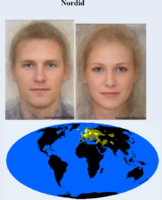
Description:
Depigmented, rather tall and long to medium-skulled, relatively large-headed group, found in its highest frequencies in Northern Europe. Facial features are marked, curved occiput, orthognathic, nose high and narrow, forehead high and slightly receding, chin sturdy, lips thin, legs rather long. Started to develop during the Upper Paleolithic when Cro-Magnons settled in Europe. Reached its modern form after the influx of Indo-European migrants from the East around 5000 BCE (e.g. Corded Ware). Modern East Nordids (
ProtoNordids,
Aisto Nordids) still resemble those early migrants, the broader-faced
Dalo Faelids still show similarities to Cro-Magnons. In the East, Nordids tend to be high-skulled, in the West, low-skulled. The
Hallstatt type is usually seen as the most typical modern variety.
Trønders are common in Scandinavia, the
Anglo-Saxon variety in Western Europe. Colonists spread Nordids all over the world (e.g. America, Australia, South Africa).
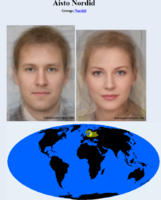
Description:
East Nordid subvariety, common in coastal regions of Baltic countries. One of the last strongholds of East Nordids that are only a minority type in most of their distribution today. Played a role in the formation of Tavastid and Trønder. Purest in Western Finns and West Estonians, also Latvians, Lithuanians, Russians, Poles, Belarusians, and in Sweden, where it has a Hälsingland subvariety.
Physical Traits:
Pale skin, straight, usually blonde hair with blue or grey eyes. Tall, mesoskelic, rarely brachyskelic, mesomorph. Mesocephalic, mildly hypsicranic with a higher and larger skull than Hallstatt Nordid. The face and head appear a little wider, noses tend to be long, high, prominent, straight, and hyperleptorrhine, forehead high, chin sturdy. Overall marked features.
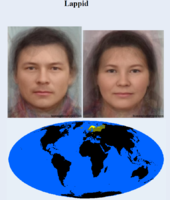
Description:
Round-headed, often dark-haired group, that is common in the native populations of North Scandinavia. Shows several adaptions to cold climate like short stature and short limbs with stocky bodies. Hair is often brown, eyes are sporadically slanted, noses are short, chin small and pointed. Cheekbones broad and body hair weak. Probably developed in Northeastern Europe during the Neolithic and reached its modern form through selection under strong environmental stimuli. Found in its highest frequency in Lapland. Can be divided into a western, low-skulled
Scando Lappid, and an eastern, high-skulled, weakly Mongoloid
North Lappid variety. Rare today and often mixed with Nordids or East Europids. More widespread in historic times: around 1700 still common in the proximity of Oslo and St. Petersburg.
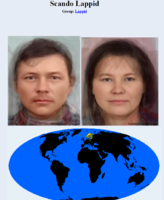
Description:
Lappid proper - an ancient European type associated with Southern Saami people (formerly "Lapps"). Rare today, often mixed, typical in Northern Sweden and North-Central Norway. More widespread in historic times: around 1700 still common in the proximity of Oslo. Influences are found across Finland, Karelia, Baltic countries, traces possibly even in Carpathians, French (Breton variety), and Basques.
Physical Traits:
Light greyish brown skin, straight, usually dark brown, sometimes blonde or red hair, and brown eyes that are sporadically slanted. Short, macroskelic, endomorph. Hyperbrachycephalic, mildly hypsicranic. Mesorrhine, often concave nose. Face is relatively low and very wide, the cheekbones are broad. Body hair is rather weak. Jaw is delicate and square, small pointed chin. Body hair rather weak.
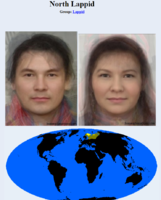
Description:
Northern Lappid variety, somewhat closer to Sibirid, possibly due to Samoyedic influence. Associated with Eastern Saami (formerly "Lapps"), e.g. Skolt and Inari speakers. Extends from Finnmark in Norway across Northern Finland to the Kola Peninsula. Rare today, but still extended to St. Petersburg around 1700. Blends in Nenets with Sibirid and in the Volga Kama region with Volgid (Sub Lappid).
Physical Traits:
Light brown skin, straight, usually dark brown, sometimes lighter hair and brown eyes. Short, meso- macroskelic, endomorph with relatively long arms. Brachycephalic, sometimes mesocephalic, chamae- orthocranic. Mesorrhine, often concave nose with a depressed root. Compared to Scando Lappid, the forehead is slightly narrower, the chin slightly stronger, eyebrows thicker and slanting eyes more common. Hair growth rather weak.



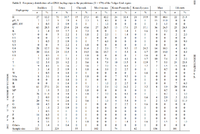
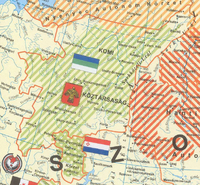
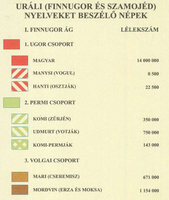
 maps.hungaricana.hu
maps.hungaricana.hu


























